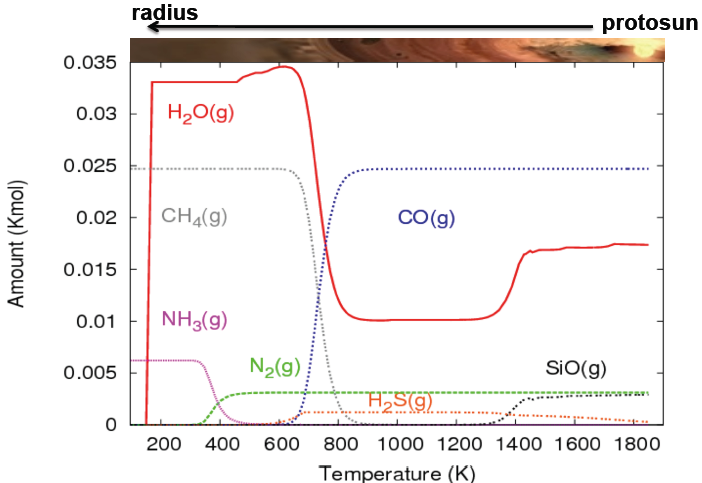
It is known that cooling and coalescence of protoplanetary dust grains are important in the building of planets. The chemistry of these grains have been studied through infrared measurements and many of the main mineralogical aspects of the dust have been established. In this study, the basic physical chemical aspects of these processes will be established through the use of computational thermodynamics. Computational thermodynamics ("thermodynamic modelling") is based on the second law of thermodynamics and a technique known as Gibbs energy minimisation. The technique has been successfully applied to many complex high temperature systems in the field of materials science and the knowledge from these studies will be applied to this study. Calculations will be performed to establish the chemical equilibrium for a number of complex systems defined from infrared studies of the protoplanetary dust. The effect of temperature, pressure, overall composition and choice of activity models will be used to calculate the equilibrium using existing software and databases.

Media
